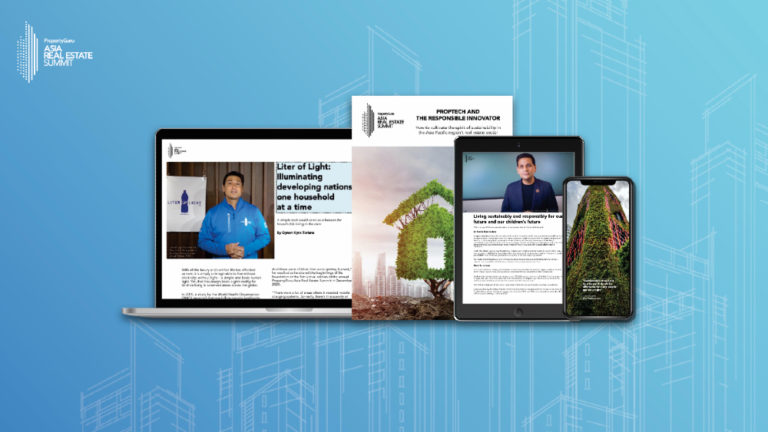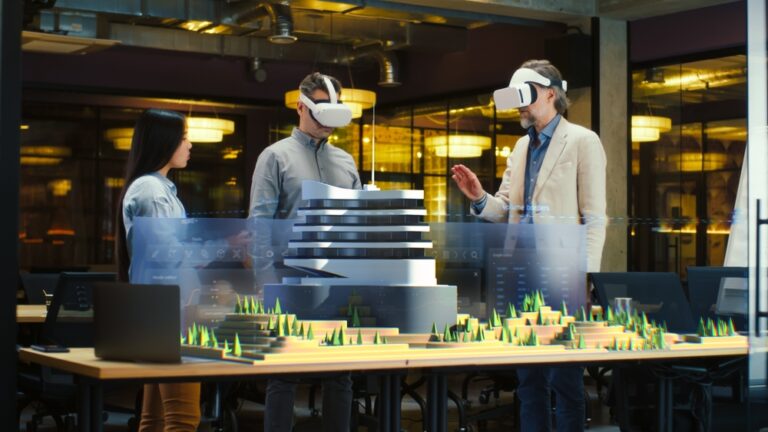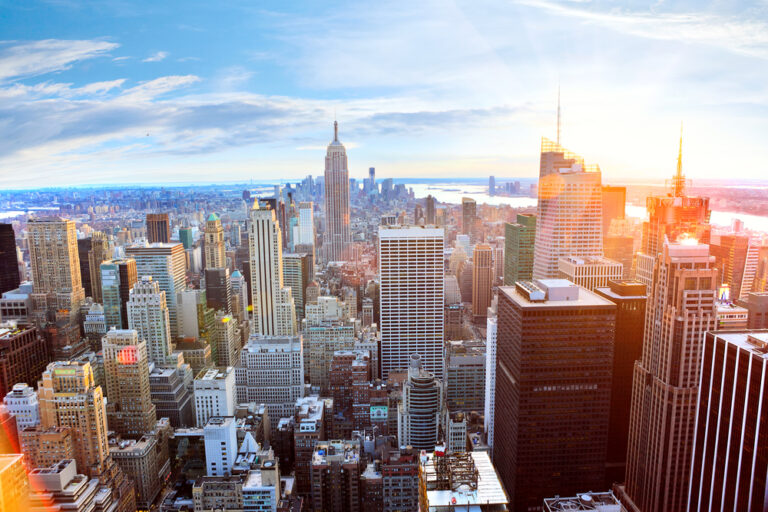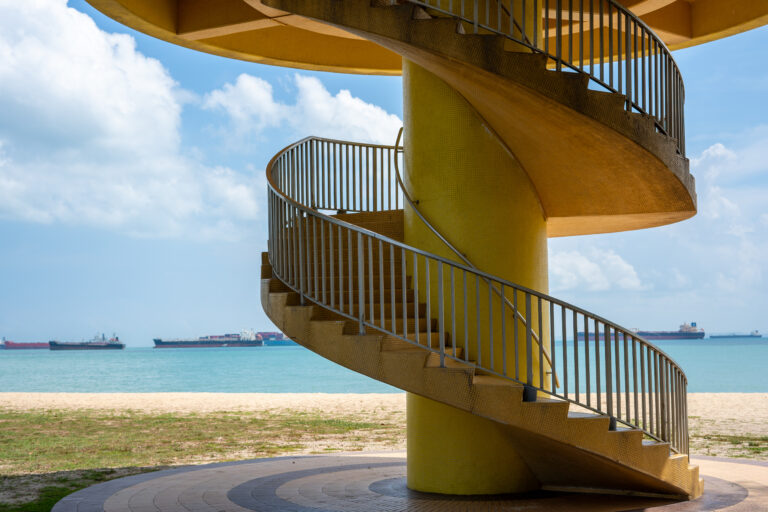Reconnecting humans with nature in the built environment
Communities explore the benefits and implementation of biophilic urbanism for to become sustainable and healthy
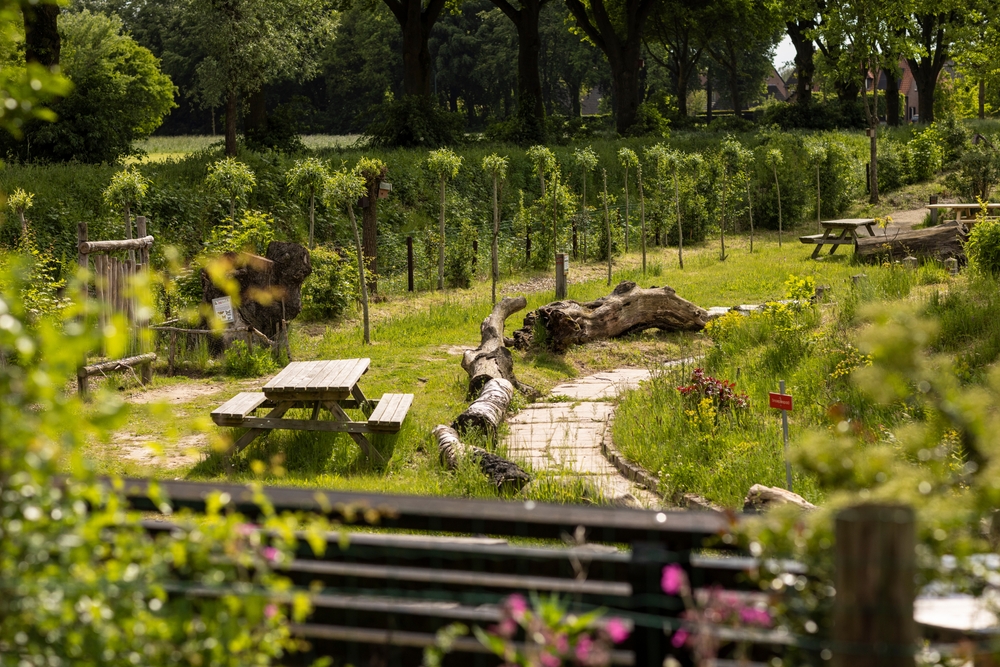
Biophilic design is an approach that aims to reconnect people with nature in the built environment, promoting positive experiences and minimising environmental impact. It is described by the Academic Journal source Taylor & Francis Online to be based on the belief that humans have an innate affinity for nature. Biophilic design incorporates organic/naturalistic elements and vernacular/place-based design to create spaces that elicit our connection to nature. Various frameworks have been developed to guide designers in incorporating biophilia into their projects.
Biophilic cities take this concept to a larger scale, emphasising the integration of nature into urban areas and promoting biophilia-oriented planning and design. Exposure to nature has been linked to positive health outcomes, including physical activity, social cohesion, stress reduction, and mental well-being. Urban green and blue spaces play a crucial role in mitigating environmental stressors, promoting physical activity, and restoring cognitive function and mental health.
Urbanisation, as discussed by Frontiers, presents challenges for sustainability and the well-being of urban residents. Biophilic urbanism and design offer a solution by incorporating nature and green infrastructure into cities to benefit human health and the environment.
Related: Sustainable wood transforms cities for a greener future
This explores community perceptions of a proposed biophilic urban development in Wales. It finds that community members understand and negotiate the potential impacts of the development on the social, environmental, and economic landscape by drawing on their own experiences. The connections between place attachment, place identity, and biophilia, suggesting that biophilic design can become an integral part of place identity and contribute to the sustainability of the community over time is the main highlight within the proposed biophilic urban developments.
According to a collaborative article on environmental design on LinkedIn, Biophilic design integrates natural elements into the built environment, promoting a positive relationship between humans and nature. It offers numerous benefits for people and the environment, enhancing well-being and reducing ecological impact. Biophilic design supports climate resilience by incorporating features like green roofs, natural ventilation, and water management systems.
Some key principles include using natural materials, creating diverse and dynamic spaces, and facilitating connections with nature and others. Examples of biophilic design include The Eden Project in the UK, the Bullitt Center in the US, Khoo Teck Puat Hospital in Singapore, and the Parkroyal on Pickering in Singapore, all showcasing innovative ways of integrating nature into architectural design.
The Property Report editors wrote this article. For more information, email: [email protected].
Recommended
Why everyone is moving to Selangor and Johor: Malaysia’s real estate comeback
Malaysia’s upturn in fortunes is especially prevalent in secondary destinations such as Selangor and Johor
Penang’s silicon boom: How the US-China tech war is supercharging local real estate
Penang’s booming semiconductor industry has created ripples within the local real estate sector
ARES White Paper Volume 2: Unravelling the power of data revolution in real estate
Insights on proptech, smart cities, and sustainable development
ARES Digital White Paper Volume 1 tackles the fundamentals of responsible building
Green and climate heroes join forces to discuss how Asia Pacific can weather the current environmental crises and the looming effects of climate change



